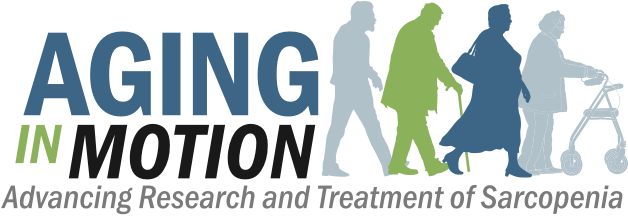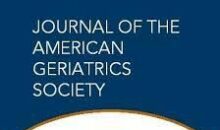Bioengineers reprogram muscles to combat degeneration
By Sarah Yang, Media Relations | September 22, 2011
BERKELEY — Opening the door to the development of new treatments for muscle degeneration, UC Berkeley researchers have turned back the clock on mature muscle tissue, coaxing it back to an earlier stem cell stage to form new muscle. They also showed in mice that the newly reprogrammed muscle stem cells could be used to help repair damaged tissue.
The achievement is described in the Sept. 23 issue of the journal Chemistry and Biology.
Study principal investigator Irina Conboy, an assistant professor of bioengineering, said muscle formation used to be a “one-way trip,” going from stem cells to myoblasts (individual muscle cells) to muscle fiber.
Building new muscle to replace old or damaged tissue is the routine job of muscle stem cells, or satellite cells. Stationed along the perimeter of adult muscle tissue, they wait for a signal to grow, divide and fuse into new muscle fibers when there’s damage to repair.
But that repair process gets worn out in people with Duchenne muscular dystrophy, a genetic condition in which muscles degenerate because of a defective structural protein and subsequent exhaustion of muscle stem cells. Muscle repair also becomes incapacitated with advancing age.
Current research on treatments based upon pluripotent cells – the type of stem cell that can turn into any type of adult cell – have been challenging. One issue is that such cells can divide almost indefinitely, and if not driven toward a particular organ type, they quickly form tumors.
Rather than go back to pluripotent cells, Conboy and study lead author Preeti Paliwal, a post-doctoral researcher, exposed mature muscle fiber to small molecules that instructed the fused tissue to reverse course and separate into individual muscle progenitor cells. The molecular inhibitors were then removed, and the new muscle stem cells grew and died normally, becoming new muscle tissue in lab tests and in mice.
Conboy said next steps include testing the process on human muscle tissue and screening for other molecular compounds that turn muscle tissue back to their stem cells. She added that the work could eventually lead to new tools in the arsenal of stem cell therapies.

